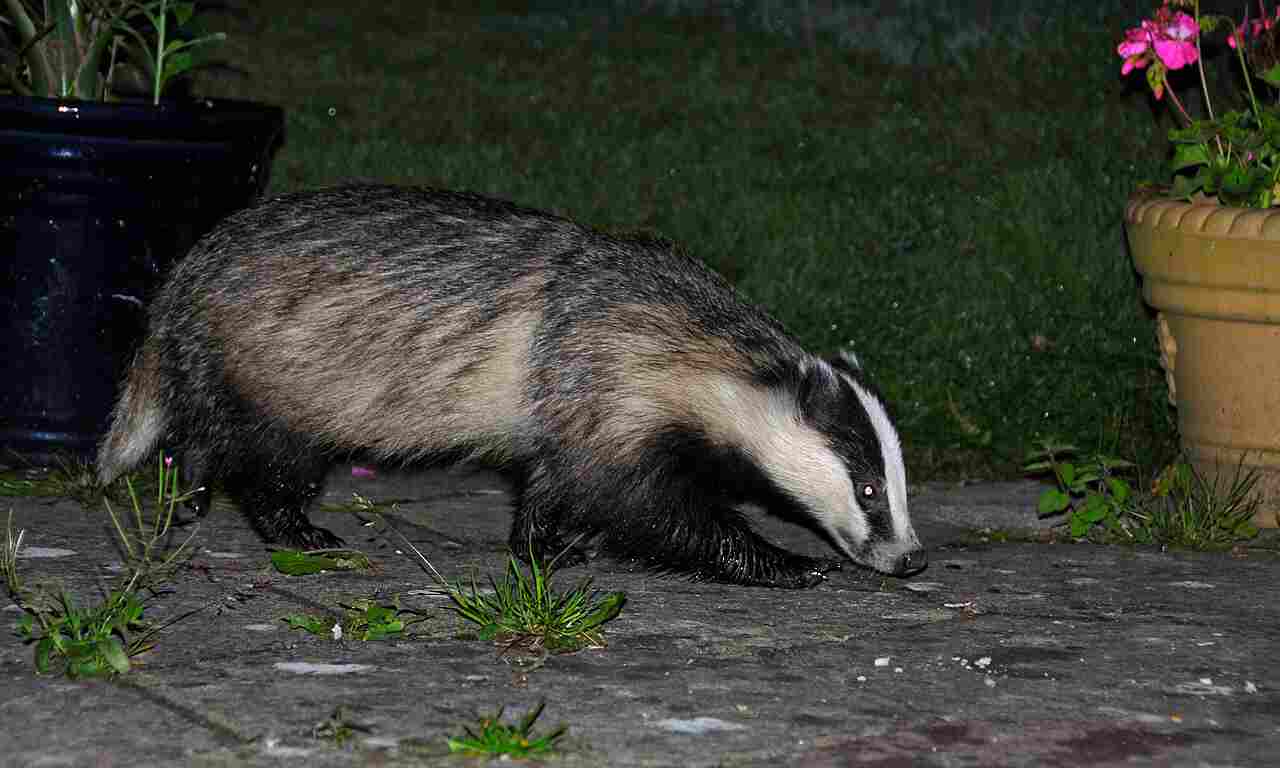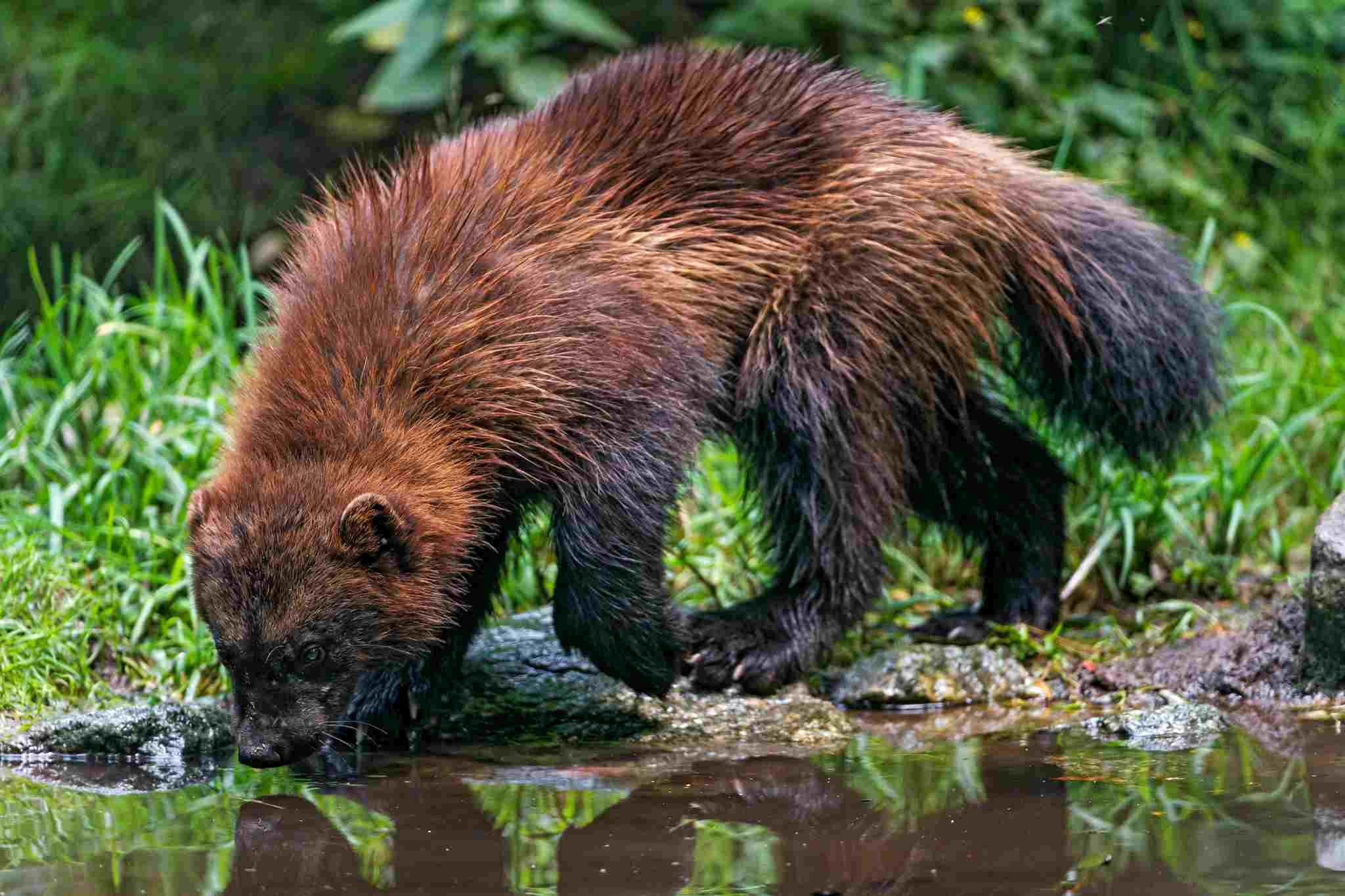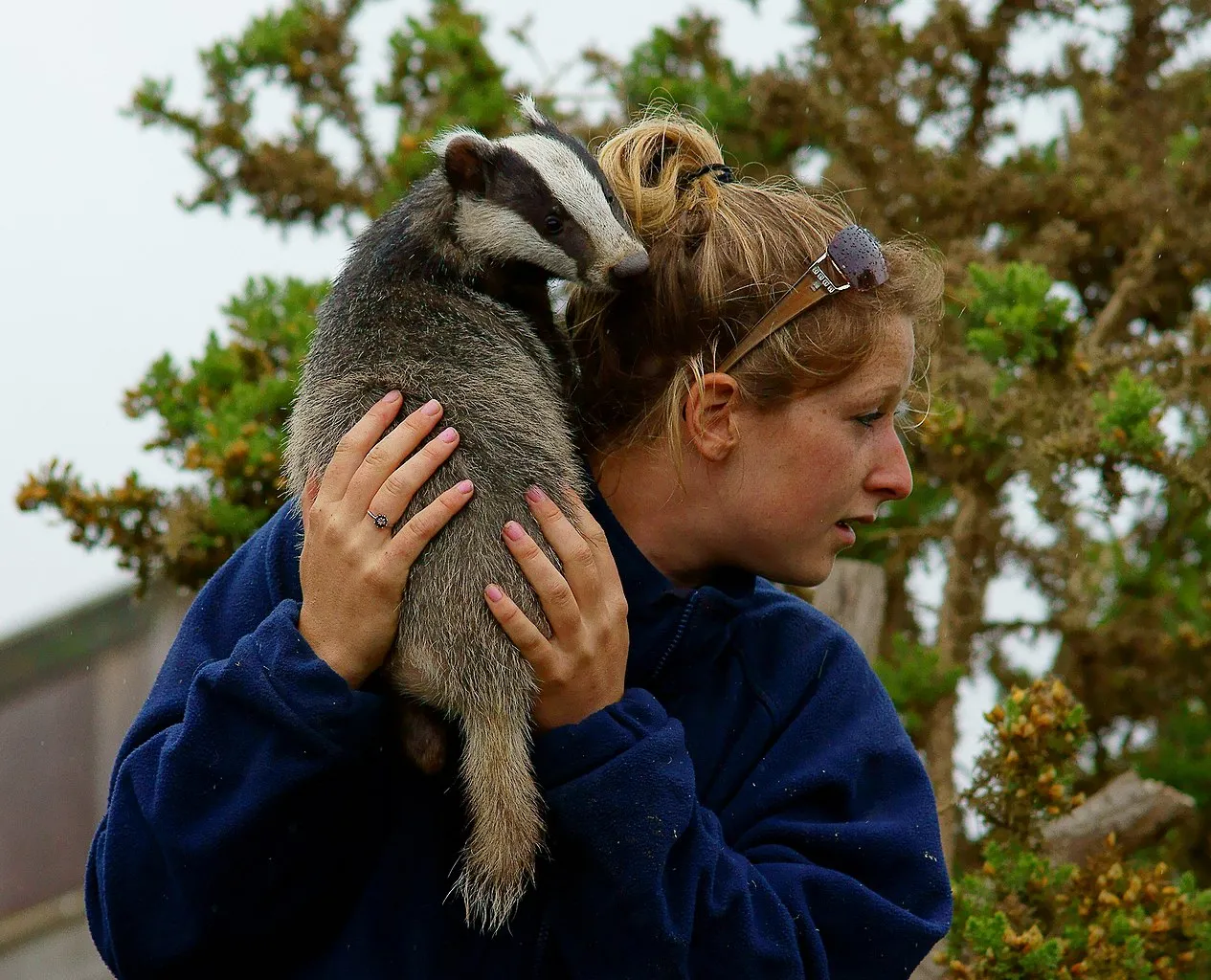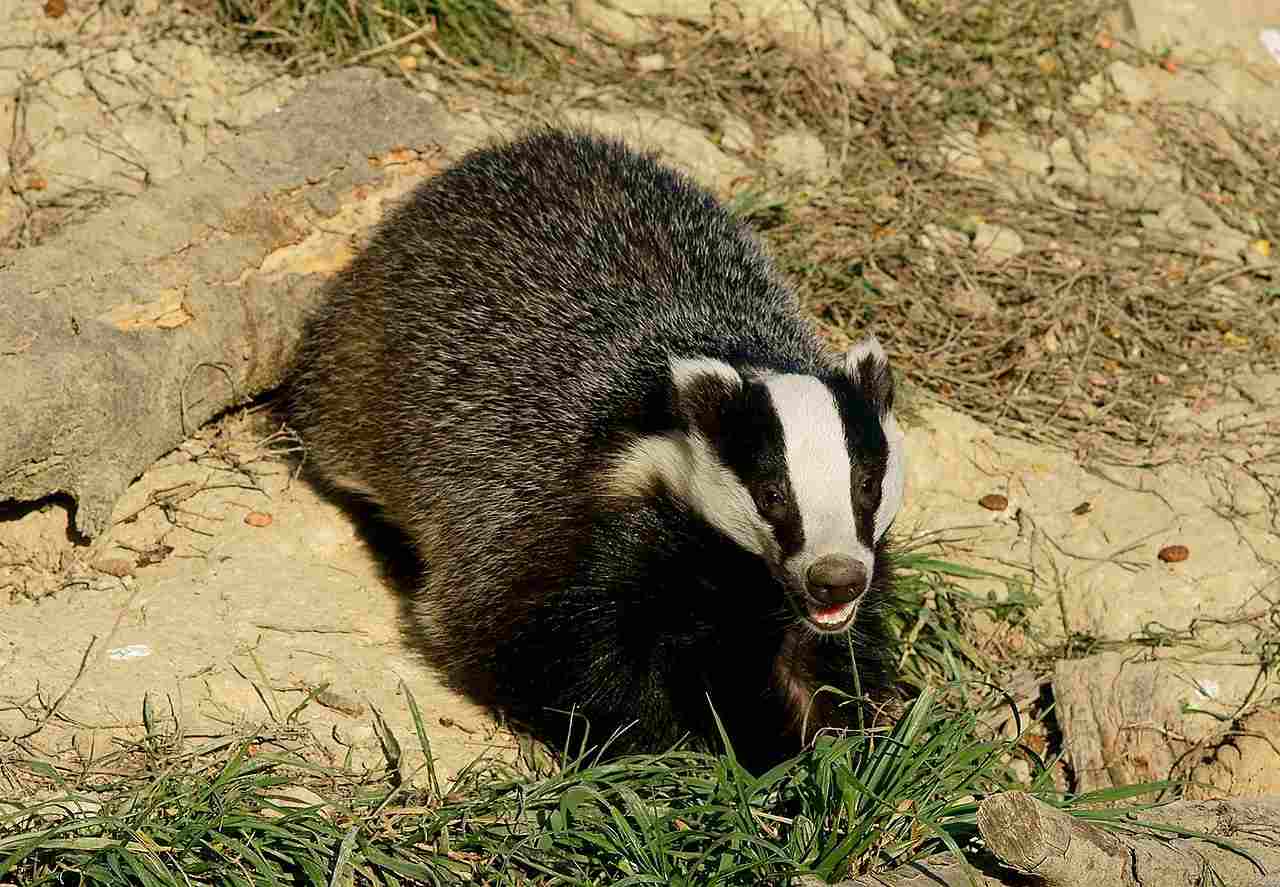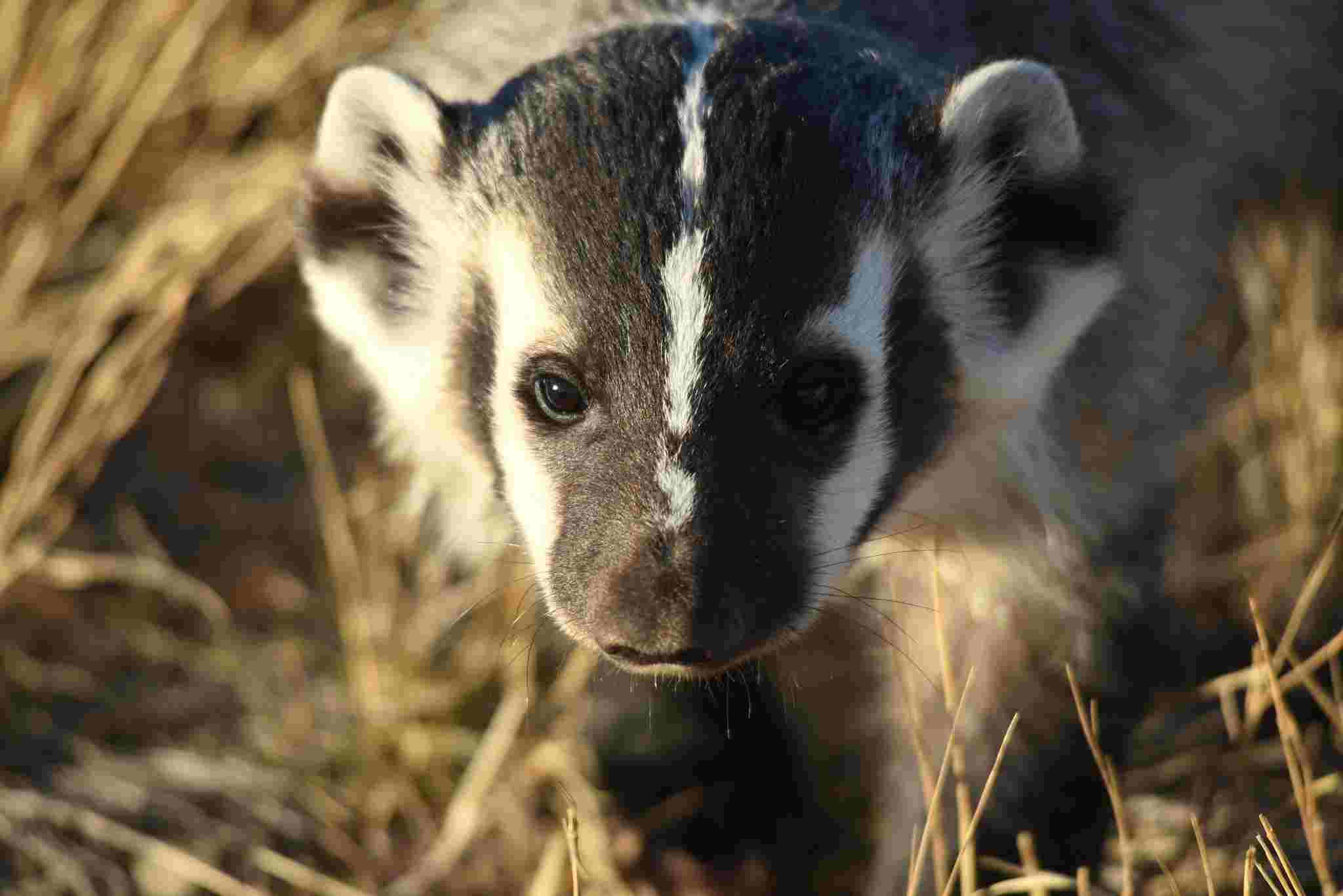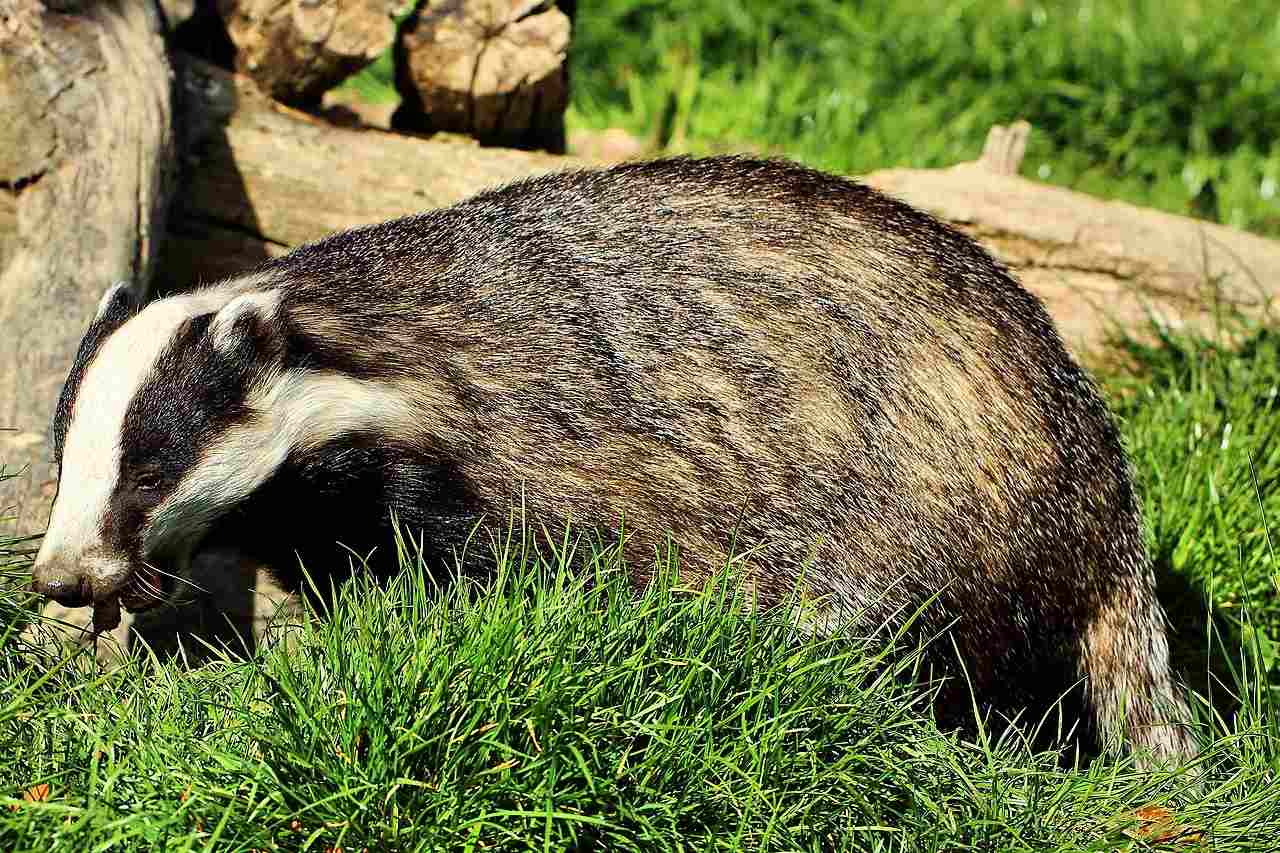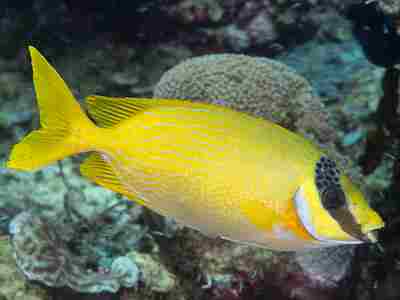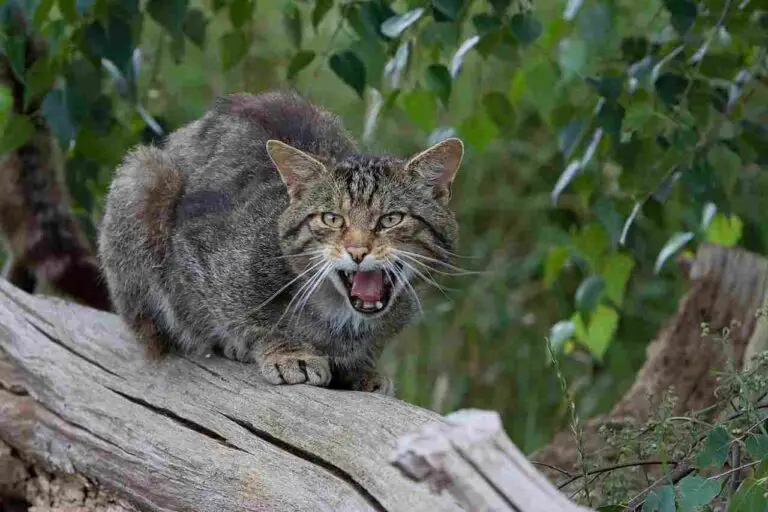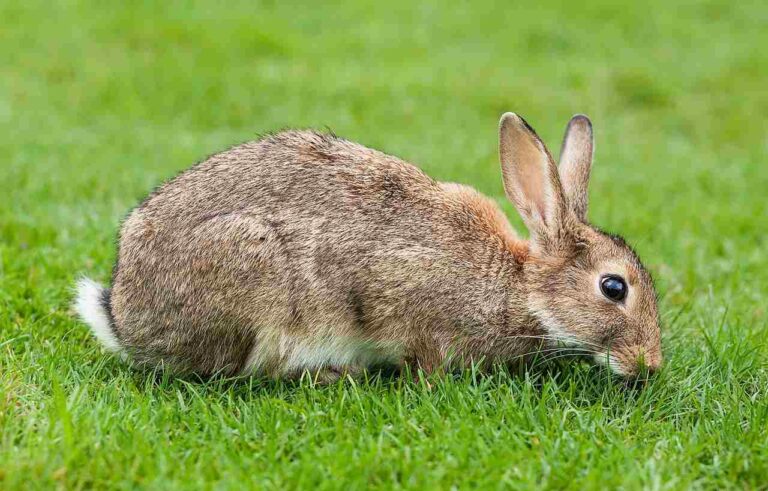Badger Vs Wolverine Size, Weight, Overall Comparison
Badgers and wolverines, both members of the Mustelidae family, embody distinct characteristics within the animal kingdom. Badgers, known for their toughness, and wolverines, renowned for their strength and agility, present an intriguing scenario for a hypothetical confrontation. This analysis explores their taxonomy, appearance, size, weight, and predatory abilities to speculate on the potential outcome of a one-on-one clash between these two mustelids.
Badger vs Wolverine: Assessing the Likely Victor in a Confrontation
In a hypothetical one-on-one confrontation between a badger and a wolverine, the wolverine is likely to emerge victorious due to its larger size, heavier weight, superior strength, and overall prowess as a predator.
I). Size and Weight Advantage:
– Wolverines, generally larger and heavier than badgers, possess a notable advantage in size. This larger physical stature provides the wolverine with a potential upper hand in confrontations, where size can play a crucial role in determining dominance.
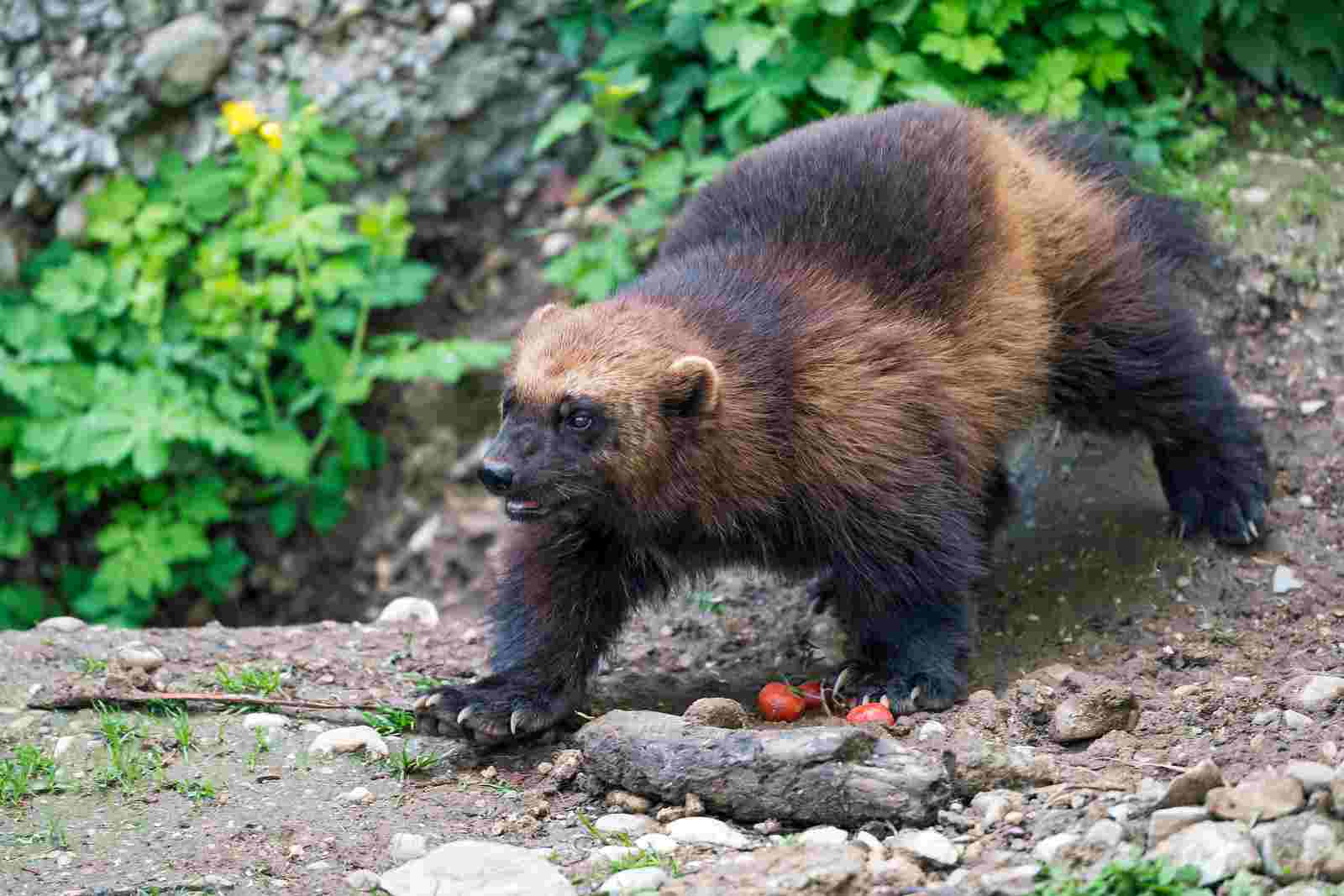
II). Superior Strength:
– Wolverines are known for their exceptional strength, which surpasses that of badgers. This superior strength equips the wolverine with the power needed to control the dynamics of a confrontation, potentially overpowering the badger with ease.
III). Predatory Abilities:
– Wolverines are regarded as formidable predators, known for their agility and hunting skills. This predatory prowess gives the wolverine a significant advantage in a one-on-one fight, as it can effectively utilize its skills to outmaneuver and subdue the badger.
IV). Overall Predatory Superiority:
– The combination of larger size, heavier weight, superior strength, and predatory abilities positions the wolverine as the likely victor in a confrontation with a badger. While badgers are tough, the overall prowess of the wolverine as a predator gives it a decisive edge in determining the outcome of a physical clash.
*Details of Comparison
| Criteria | Badger | Wolverine |
| Taxonomy | Mustelidae family; Various genera and species |
Mustelidae family; Genus: Gulo
|
| Appearance | Grizzled fur, flat head, white face stripe |
Stocky build, dark brown fur, lighter side stripes
|
| Size | 2-3 feet (including tail) |
2.5-3.5 feet (including tail)
|
| Weight | 15-30 pounds | 25-55 pounds |
| Bite Force | Strong bite, adapted for prey crushing |
Powerful jaws, capable of breaking bones
|
| Offensive Advantages | Sharp claws, strong bite |
Strong jaws, sharp claws, robust build
|
| Defensive Advantages | Tough, loose skin, agility |
Thick fur, durable build, strong claws
|
| Speed | 20-25 mph |
Not exceptional, but capable of swift movement
|
| Agility | Highly agile, swift movements |
Agile climbers, skilled in challenging terrains
|
| Overall Physical Capacity | Well-adapted for digging, agile |
Robust build, climbing abilities
|
| Habitat Preference(s) | Various habitats; Woodlands, grasslands |
Cold, northern regions; Mountainous and alpine areas
|
| Tracks | Five-toed tracks with long claws |
Five-toed tracks resembling a large mustelid
|
| Lifespan | 2-10 years | 7-12 years |
| Feeding Behavior | Carnivorous, hunts actively |
Carnivorous, opportunistic scavenger
|
| Social Behavior | Generally solitary, some family groups |
Mostly solitary, large home ranges
|
| Reproduction | Litters of 2-5 cubs | Litters of 1-5 kits |
| Parental Behavior | Females primary caregivers, cubs stay with mother |
Solitary mothers, kits stay for an extended period
|
| Proximity to Humans | May be found in rural/suburban areas |
Prefers remote, wilderness areas, avoids human settlements
|
| Behavior Toward Humans | Generally avoids, can be aggressive if provoked |
Generally elusive, may become aggressive if threatened
|
| Danger Posed to Humans | Not typically dangerous |
Rarely poses a direct threat; caution in defensive situations
|
| Precautions | Observe from a distance, seek professional assistance |
Similar precautions; avoid close encounters
|
| Conservation Status | Varies by species; Some “Least Concern” |
Varies; Some populations “Near Threatened” or “Vulnerable”
|
| Conclusion | Similarities in taxonomy, physical traits, and behavior |
Differences in size, habitat preferences, lifespan, and conservation status
|
Key Points:
- Badgers and wolverines share a Mustelidae family ancestry.
- Differences in size, appearance, and ecological niches contribute to their distinct roles in ecosystems.
- Wolverines have larger territories and are adapted to more remote environments.
- Both play crucial roles in regulating prey populations and maintaining ecological balance.
- Conservation statuses vary, with some badger species being stable, and wolverines facing threats in certain areas.
1. Taxonomy:
Badger:
Family: Mustelidae
Subfamily: Mustelinae
Genus: Meles (Eurasian badgers), Taxidea (American badger), Arctonyx (hog badgers)
Species: Various species within the genera, e.g., Meles meles (European badger), Taxidea taxus (American badger)
Wolverine:
Family: Mustelidae
Subfamily: Mustelinae
Genus: Gulo
Species: Gulo gulo (Wolverine)
2. Appearance:
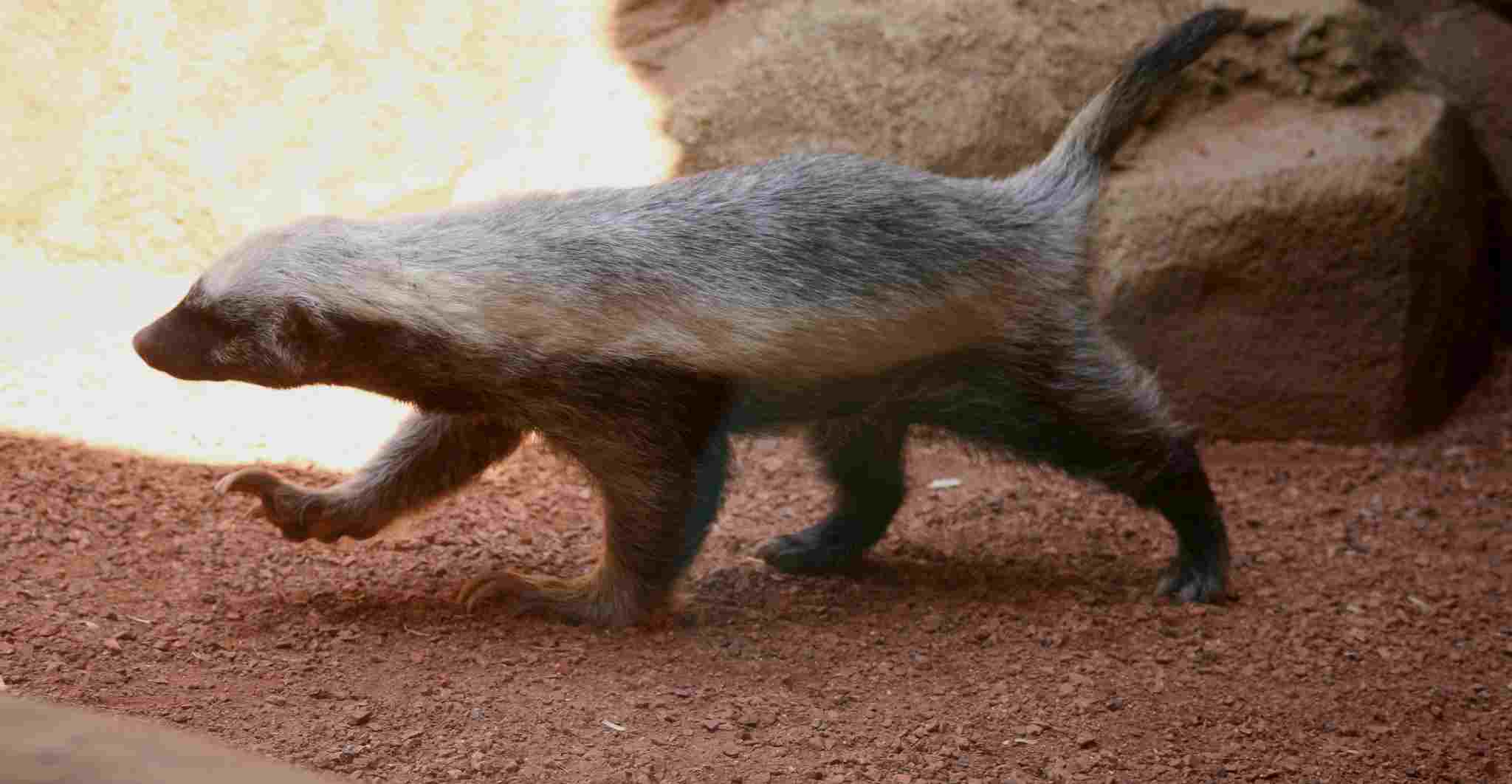
Badger:
Short legs, sturdy body, and a flat head.
Grizzled fur, typically gray or black with a white stripe on the face.
Prominent claws for digging.
Wolverine:
Stocky build with a powerful appearance.
Dark brown fur with lighter stripes along the sides.
Strong, retractable claws for climbing and digging.
Comparison:
Both exhibit adaptations for digging, but badgers have a flatter profile, while wolverines are more robust, emphasizing strength.
Ecological Implications:
Badger appearance aids in efficient digging for prey, while the wolverine’s robust build suits its scavenging and climbing lifestyle.
3. Size:
Badger:
Varies by species; European badgers typically have a length of 2 to 3 feet (including tail).
Weight can range from 15 to 30 pounds.
Wolverine:
Larger than most badger species, with a length of 2.5 to 3.5 feet (including tail).
Weighs between 25 to 55 pounds.
Comparison:
Wolverines are generally larger and heavier than badgers.
Ecological Implications:
Size influences prey selection, with wolverines potentially targeting larger animals due to their greater size.
4. Weight:
Badger:
Weight ranges between 15 to 30 pounds.
Wolverine:
Weighs between 25 to 55 pounds.
Comparison:
Wolverines are heavier on average compared to badgers.
Ecological Implications:
Greater weight may give wolverines an advantage in competition for resources and territory.
5. Bite Force:
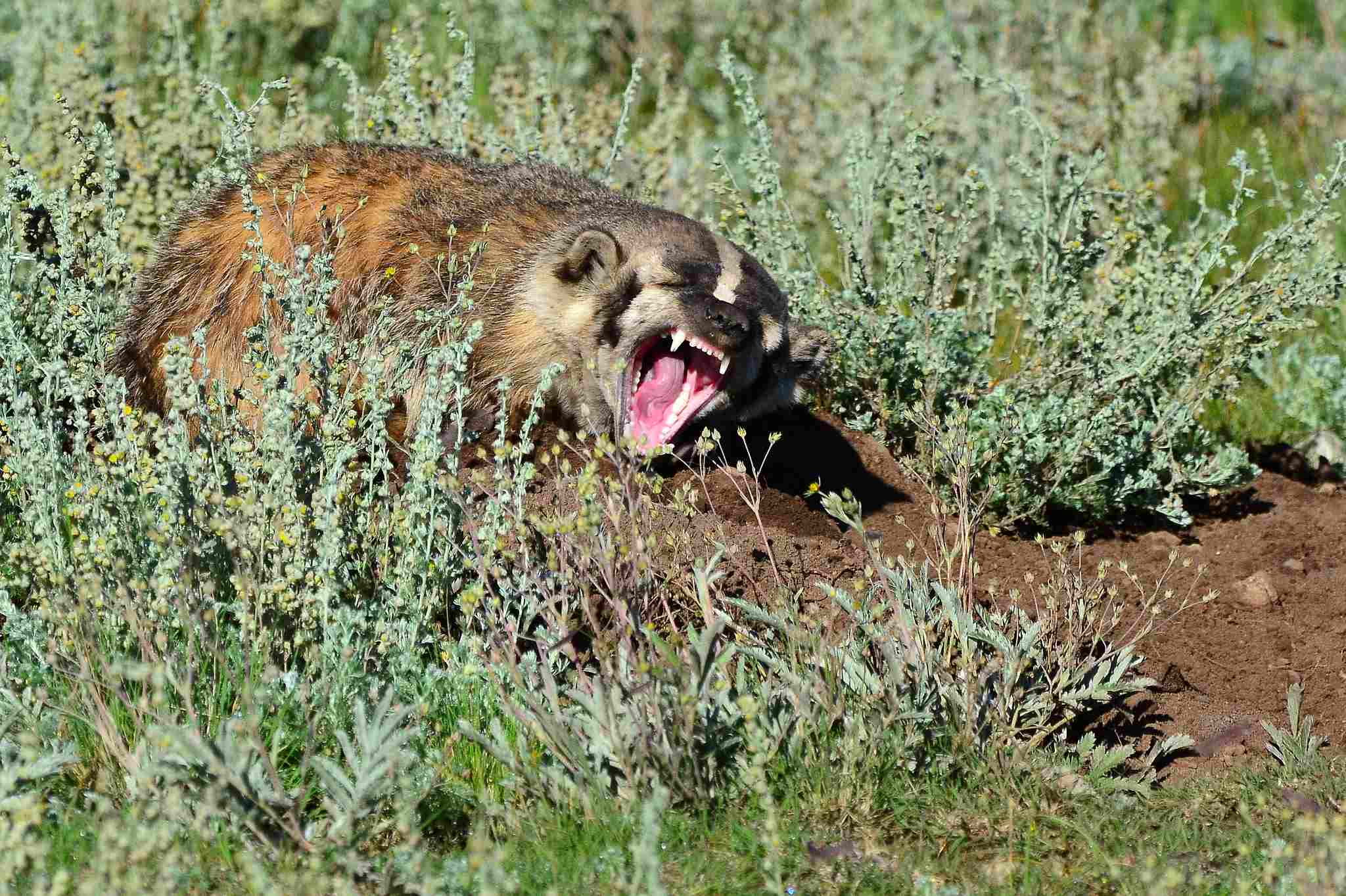
Badger:
Possesses a strong bite force, allowing it to crush the shells of prey like small mammals and insects.
Wolverine:
Known for a powerful bite, strong enough to break bones and crush frozen meat.
Comparison:
Both badgers and wolverines have powerful bites adapted to their respective diets.
Ecological Implications:
Strong bites are essential for consuming a variety of prey, and this adaptation contributes to their ecological roles as predators and scavengers.
6. Physical Offensive Advantages:
Badger:
Sharp claws and a strong bite serve as primary offensive weapons.
Agile and capable of swift movements when attacking.
Wolverine:
Powerful jaws and sharp claws for offense.
Strong build aids in overpowering larger prey.
Comparison:
Both badgers and wolverines rely on sharp claws and strong bites, but wolverines’ larger size provides additional strength.
Ecological Implications:
Offensive capabilities are crucial for hunting and scavenging, impacting prey selection and competition within their ecosystems.
7. Physical Defensive Advantages:
Badger:
Tough, loose skin allows for movement even when grabbed by a predator.
Quick and agile, capable of escaping threats by entering burrows.
Wolverine:
Thick fur and durable build provide protection against harsh environments.
Strong, retractable claws aid in defense against predators.
Comparison:
Both possess adaptations for defense, but badgers rely on agility, while wolverines have a more robust physical defense.
Ecological Implications:
These defensive adaptations influence the survival and reproductive success of badgers and wolverines in their respective habitats.
8. Speed:
Badger:
Relatively fast runners, reaching speeds of 20-25 mph.
Agile and quick movements aid in hunting and evasion.
Wolverine:
Not known for exceptional speed but can move swiftly when needed.
Comparison:
Badgers are generally faster runners than wolverines.
Ecological Implications:
Speed is a crucial factor in both hunting and avoiding predators; the differences may affect their hunting strategies and survival.
9. Agility:
Badger:
Highly agile with the ability to change direction rapidly.
Well-suited for navigating through burrows and dense vegetation.
Wolverine:
Agile climbers and skilled at moving through challenging terrain.
Comparison:
Both badgers and wolverines exhibit high agility, adapted to their specific ecological niches.
Ecological Implications:
Agility is essential for navigating diverse landscapes, securing prey, and avoiding predators, impacting their overall ecological roles.
10. Overall Physical Capacity:
Badger:
Well-adapted for digging and burrow excavation.
Strong jaws, sharp claws, and agile movements contribute to overall physical prowess.
Wolverine:
Robust build and strong jaws, well-suited for climbing and scavenging.
Adapted for traversing challenging mountainous terrains.
Comparison:
Wolverines exhibit a more versatile physical capacity, including climbing abilities, compared to badgers.
Ecological Implications:
The overall physical capacity determines the range of habitats and ecological niches each species can exploit, affecting their roles in their respective ecosystems.
11. Habitat Preference(s):
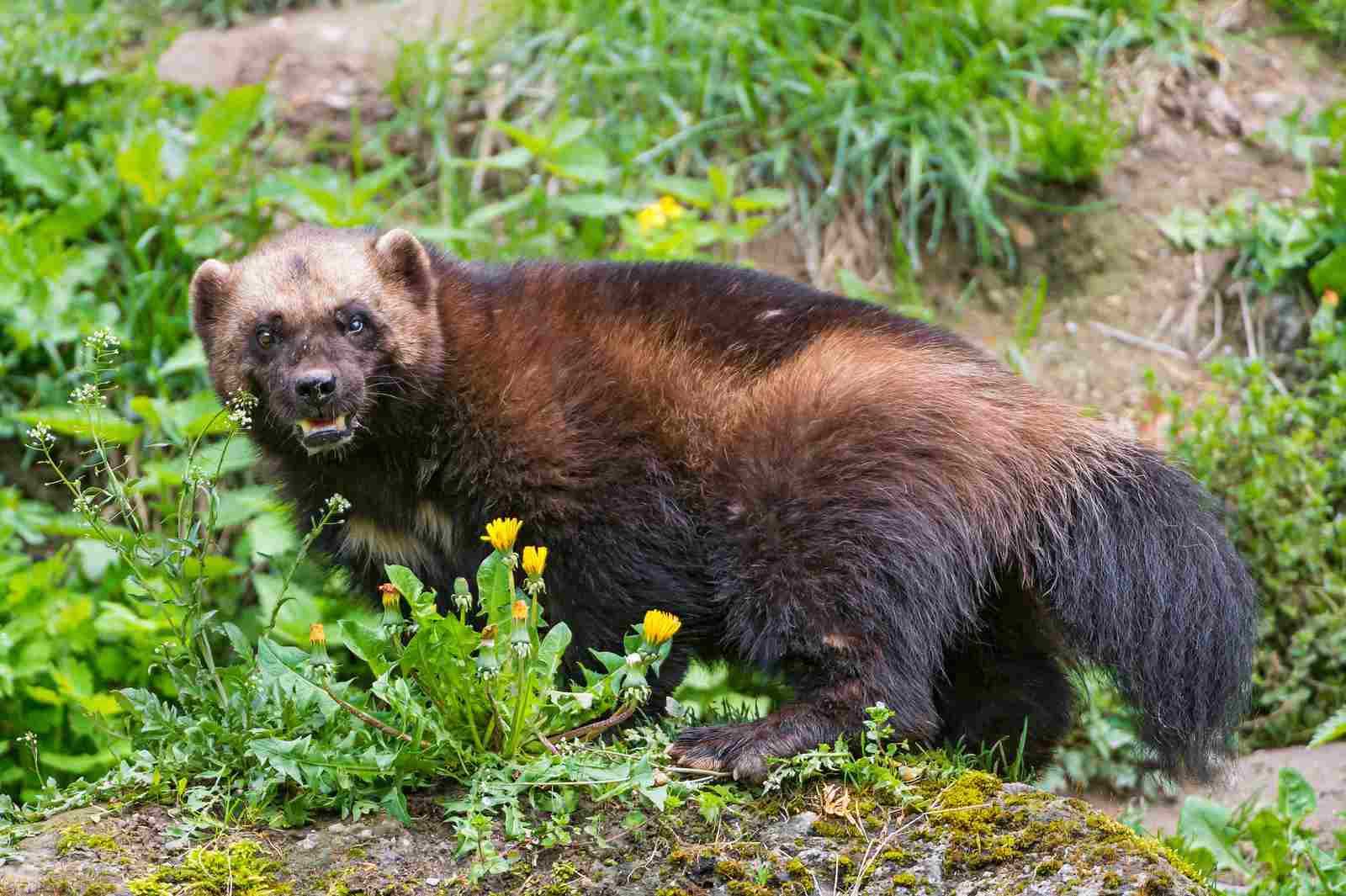
Badger:
Found in a variety of habitats, including woodlands, grasslands, and farmlands.
Often creates burrows in open areas.
Wolverine:
Prefers cold, northern regions such as tundra and taiga.
Thrives in mountainous and alpine environments.
Comparison:
While badgers are adaptable to various environments, wolverines have a preference for colder, rugged landscapes.
Ecological Implications:
Habitat preferences influence the species’ interactions with other fauna and flora in their ecosystems.
12. Tracks:
Badger:
Distinctive five-toed tracks with long claws.
Tracks often show a bounding gait.
Wolverine:
Five-toed tracks resembling those of a large mustelid.
Wolverine tracks may indicate climbing or digging activities.
Comparison:
Both leave distinctive tracks, but wolverine tracks may exhibit climbing-related features.
Ecological Implications:
Tracking is useful for ecological studies, helping researchers understand the distribution and behavior of these species in the wild.
13. Lifespan:
Badger:
Typically lives 2 to 10 years in the wild, depending on species and environmental factors.
Wolverine:
Longer lifespan, averaging around 7 to 12 years in the wild.
Comparison:
Wolverines generally have a longer lifespan compared to most badger species.
Ecological Implications:
Lifespan influences reproductive strategies, population dynamics, and overall ecological impact within their respective ecosystems.
14. Mode of Feeding:
Badger:
Carnivorous diet, feeding on small mammals, insects, birds, and occasionally plant matter.
Hunts actively and relies on its strong sense of smell.
Wolverine:
Opportunistic scavenger, but also hunts small mammals and birds.
Can consume carrion and cache food for later consumption.
Comparison:
Both badgers and wolverines are carnivores but may exhibit differences in hunting and scavenging behavior.
Ecological Implications:
Feeding habits influence prey populations and contribute to the overall balance of the ecosystems they inhabit.
15. Social Behavior:
Badger:
Generally solitary, but some species may form small family groups.
Defends territory and burrows aggressively.
Wolverine:
Mostly solitary, with large home ranges.
Males and females may share territories but are rarely seen together.
Comparison:
Both exhibit solitary tendencies, with limited social interactions.
Ecological Implications:
Social behavior affects territorial dynamics and resource competition, influencing the structure of their ecosystems.
16. Mode of Reproduction:
Badger:
Typically gives birth to a litter of 2 to 5 cubs.
Gestation period lasts about 7-10 weeks.
Wolverine:
Gives birth to 1 to 5 kits.
Gestation period lasts around 30 to 50 days.
Comparison:
Both species give birth to litters, but badger gestation is generally longer.
Ecological Implications:
Reproductive patterns impact population dynamics and genetic diversity within their respective populations.
17. Parental Behavior:
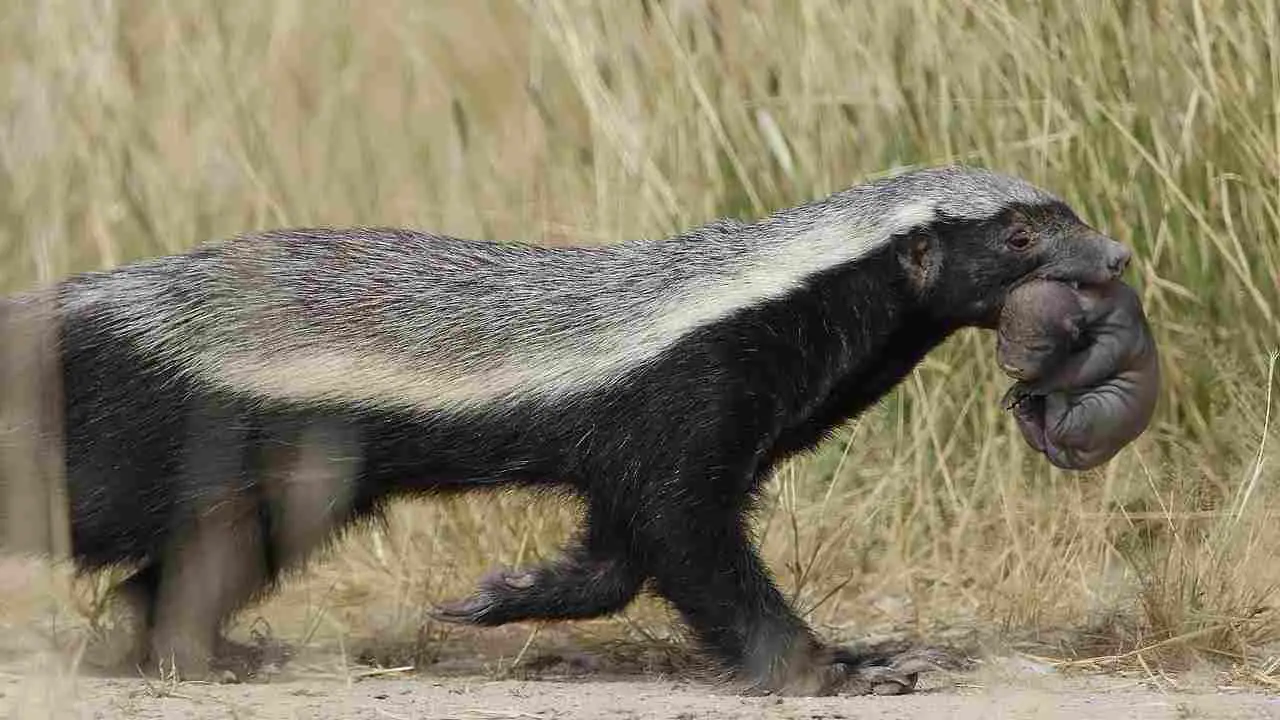
Badger:
Females are the primary caregivers.
Cubs stay with the mother for several months, learning essential survival skills.
Wolverine:
Female wolverines are solitary mothers.
Kits stay with the mother for an extended period before becoming independent.
Comparison:
Both exhibit maternal care, with variations in the duration of offspring dependence.
Ecological Implications:
Parental behavior influences the survival and development of offspring, contributing to population sustainability.
18. Proximity to Human-Inhabited Areas:
Badger:
May be found in rural and suburban areas, sometimes near human structures.
Human-badger conflicts can arise, especially if badgers create burrows in undesirable locations.
Wolverine:
Typically inhabits remote, wilderness areas, avoiding close proximity to human settlements.
Encounters with wolverines in populated areas are rare.
Comparison:
Wolverines generally maintain a greater distance from human-inhabited areas compared to badgers.
Ecological Implications:
The proximity to human settlements influences the potential for conflicts and conservation efforts for each species.
19. Behavior Toward Humans:
Badger:
May exhibit aggression if cornered or provoked.
Generally avoids human interaction but can become accustomed to human presence in some areas.
Wolverine:
Generally elusive and avoids human contact.
Wolverines may become more aggressive if they feel threatened.
Comparison:
Both species tend to avoid humans, but badgers might show more adaptability to human presence.
Ecological Implications:
Human interactions can impact the behavior and survival of these species, affecting their ecological roles.
20. Danger Posed to Humans:
Badger:
Generally not considered dangerous to humans.
Rare cases of badger aggression, especially if they feel threatened.
Wolverine:
Rarely poses a direct threat to humans.
Potential danger arises in defensive situations or if cornered.
Comparison:
Both badgers and wolverines are not typically dangerous to humans, but caution is advised in specific situations.
Ecological Implications:
Human safety considerations influence conservation strategies and public perceptions of these species.
21. Associated Precautions:
Badger:
Caution advised when encountering a badger in the wild; observe from a distance.
In cases of conflict, seek professional assistance to address issues without harm to the animal.
Wolverine:
Similar precautions as with badgers; avoid close encounters.
Conservation efforts should focus on preserving their remote habitats.
Comparison:
Precautions for both species include respecting their space and seeking assistance in case of conflicts.
Ecological Implications:
Responsible human behavior contributes to the coexistence of these species and helps conserve their natural habitats.
22. Conservation Status:
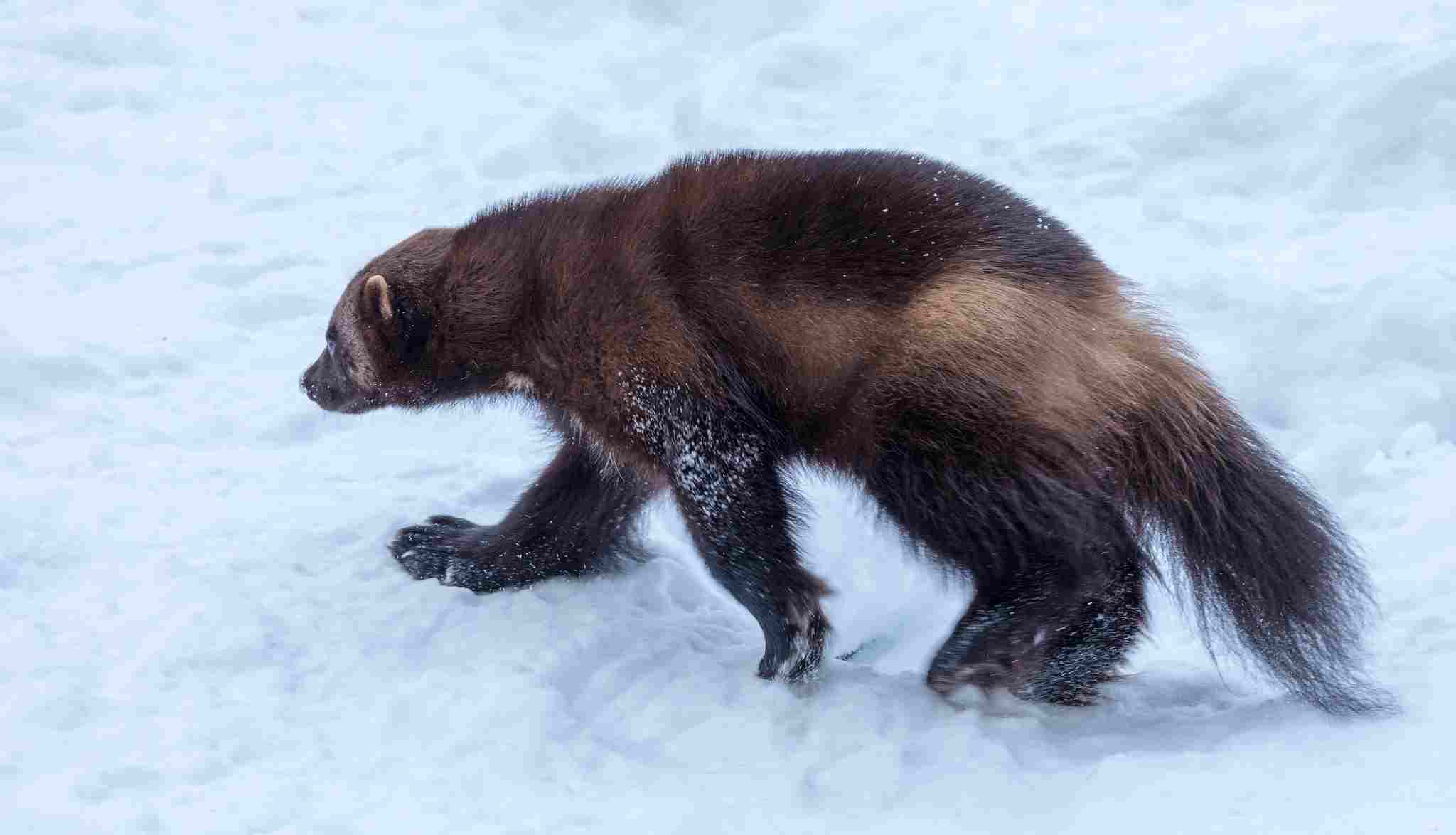
Badger:
Conservation status varies by species. For example, the European badger (Meles meles) is listed as “Least Concern” on the IUCN Red List.
Conservation efforts may focus on mitigating threats such as habitat loss and road mortality.
Wolverine:
Conservation status varies, with some populations listed as “Least Concern” and others, like the North American wolverine (Gulo gulo luscus), facing threats and being listed as “Near Threatened” or “Vulnerable.”
Conservation efforts aim to address habitat fragmentation, climate change, and trapping.
Comparison:
While both badgers and wolverines face conservation challenges, wolverines, especially in certain regions, may have a more precarious status.
Ecological Implications:
Conservation efforts for these species are vital to maintaining biodiversity and ecosystem health.
Summary of Comparison
In summary, when comparing badgers and wolverines across various physical and ecological criteria:
-Similarities:
Taxonomy:
Both belong to the Mustelidae family, with badgers under different genera and species and wolverines classified under the Gulo genus.
Physical Traits:
Both possess adaptations for digging, strong bites, and carnivorous diets.
They play essential roles as predators, influencing prey populations in their ecosystems.
Behavior:
Both species are generally solitary, with limited social interactions.
Maternal care is exhibited by females, ensuring the survival and development of their offspring.
-Differences:
Size and Weight:
Wolverines are generally larger and heavier than most badger species.
Habitat Preferences:
Badgers are adaptable to various environments, while wolverines have a preference for colder, northern regions and mountainous terrains.
Lifespan:
Wolverines have a longer lifespan on average compared to most badger species.
Proximity to Humans:
Wolverines generally maintain a greater distance from human-inhabited areas compared to badgers.
Conservation Status:
Conservation status varies, but wolverines, particularly in certain regions, may face a more precarious situation compared to certain badger populations.
Conclusion:
I. Similarities:
Both badgers and wolverines belong to the Mustelidae family and share characteristics such as carnivorous diets, powerful bites, and adaptations for digging.
They play essential roles in their ecosystems as predators, influencing prey populations and contributing to ecosystem dynamics.
II. Differences:
Wolverines are generally larger and have a more robust build compared to most badger species.
Wolverines exhibit a preference for colder, northern habitats, while badgers are more adaptable and can be found in various environments.
Wolverines have a longer lifespan on average.
The conservation status of wolverines, particularly in specific regions, may be more concerning compared to certain badger populations.
Ecological Implications:
Understanding the similarities and differences between badgers and wolverines contributes to informed conservation strategies and promotes the preservation of their unique ecological roles.
